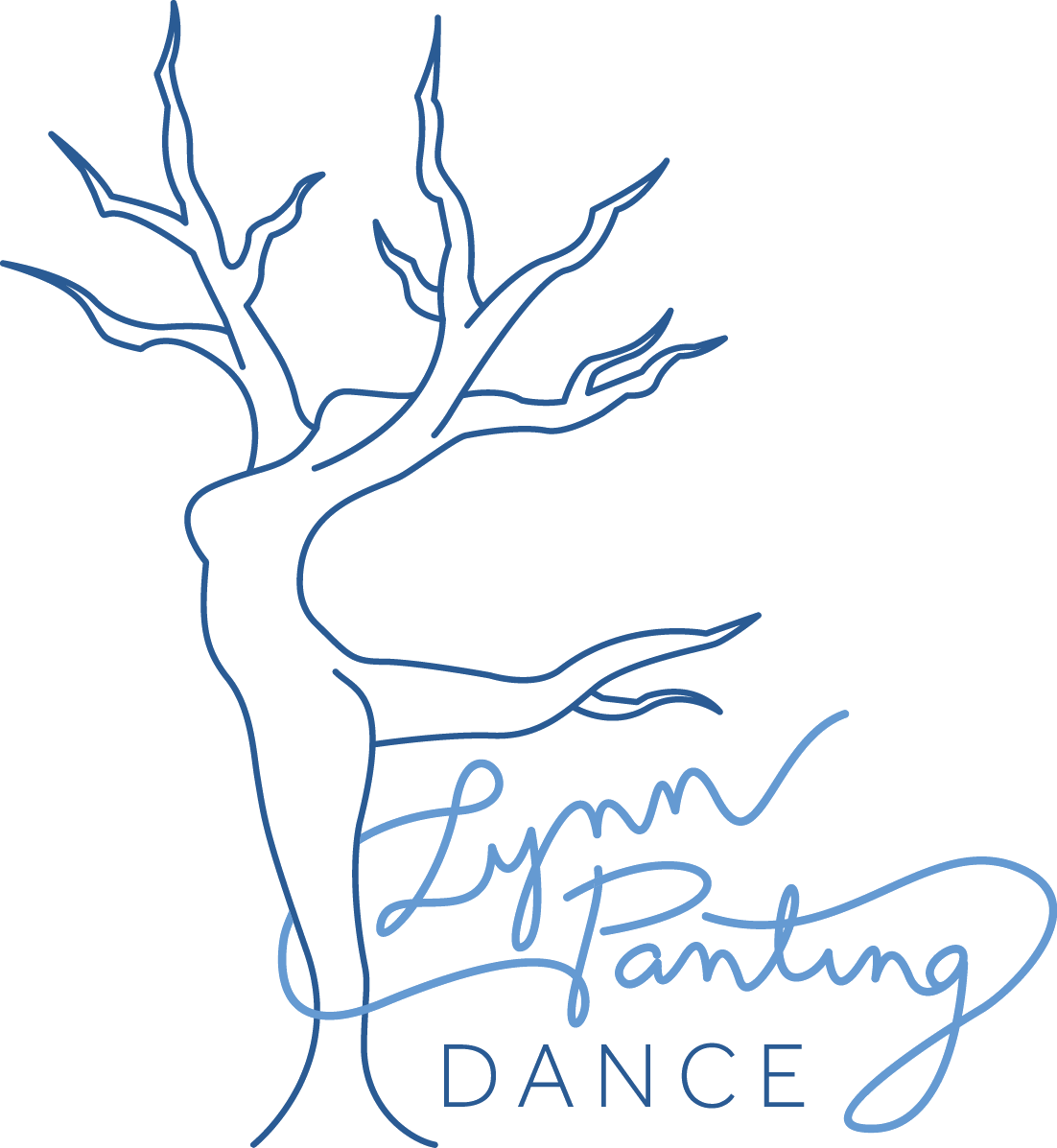Dance and the Formation of Social Connections
LPD 2010
Dance is a powerful vehicle for fostering social connections.
Dance transcends barriers and brings people together in profound ways. Whether in a structured class, a spontaneous social dance event, or a collaborative rehearsal, dance creates a shared space where individuals from diverse backgrounds can connect and thrive together.
Shared Space
Dance classes, rehearsals, workshops, and social dance events serve as communal gathering points. Participants of all ages and walks of life converge in these spaces, united by their love for movement and expression. Regardless of skill level or experience, everyone contributes to a vibrant atmosphere where creativity flourishes and friendships blossom.
Common Goals
In the pursuit of learning dance steps and choreography, participants naturally develop teamwork and cooperation skills. Working towards a common goal fosters a sense of camaraderie and mutual support among dancers. Shared commitment to improvement and performance excellence strengthens bonds and builds trust among all participants.
Belonging
In today's world, where feelings of isolation are prevalent, dance offers a sense of belonging. It provides a welcoming environment where differences in age, background, and experience fade away. On the dance floor, individuals come together as equals, united by their passion for movement and the joy of self-expression. This inclusivity cultivates a supportive community where everyone feels accepted and valued for who they are.
Dance is Untellable
Dance is a form of non-verbal communication that transcends linguistic and cultural boundaries. Through movement, dancers convey emotions, tell stories, and connect with others on a deep, visceral level. Whether through the grace of ballet, the passion of salsa, or the freedom of contemporary dance, individuals communicate their innermost thoughts and feelings in ways that words often cannot capture.
Shared Experience
Dancing with others creates shared experiences that forge lasting bonds. Whether celebrating the triumph of mastering a complex routine or revelling in the sheer joy of dancing to a favourite song, these shared moments create memories that strengthen connections. The exhilaration of performing together or the spontaneity of improvising fosters a sense of community and solidarity among dancers.
Empathy
Dance cultivates empathy by requiring a heightened sensitivity toward others' movements and emotions. Partner dancers must anticipate each other's actions, while group dancers synchronize their movements to create harmonious performances. This heightened awareness fosters a greater understanding of others' perspectives and feelings. As dancers learn to empathize with their fellow dancers, they develop deeper interpersonal connections and enrich their social interactions.

